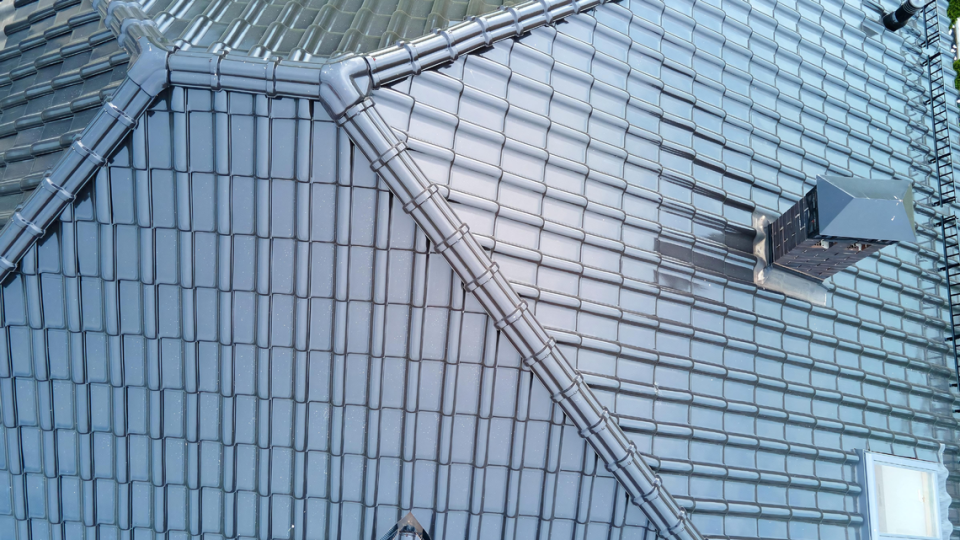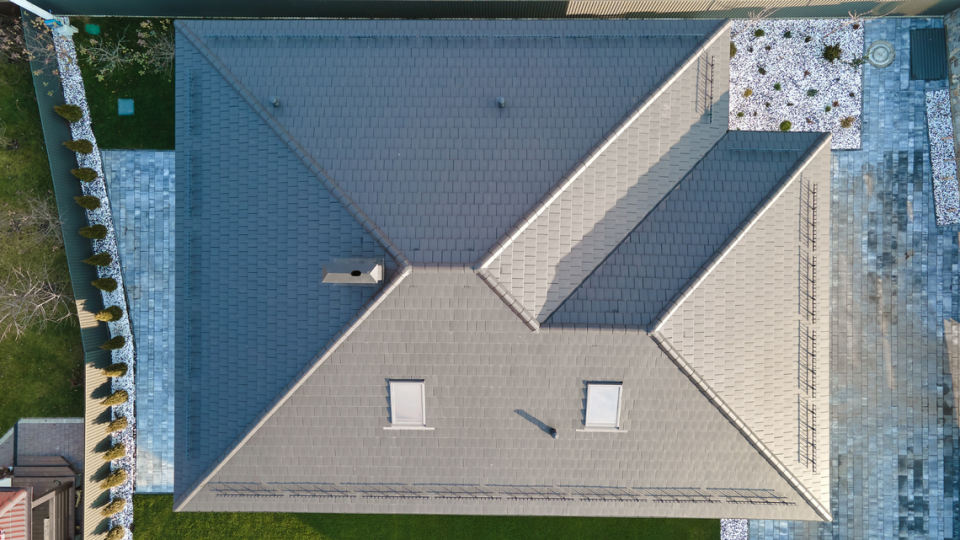Complete 2024 Guide: Best Durable Roofs for Miami Weather
SPONSORED CONTENT is content paid for by a partner. This article has involved AI in its creation, and has been reviewed and edited by McClatchy’s Commerce Content team, which is independent from our newsroom.
Miami’s climate presents unique challenges for roofing due to its prolonged UV exposure, high humidity, and hurricane threats.
UV rays can degrade materials like asphalt shingles, making them brittle and faded, while high humidity promotes mold and reduces lifespan. Furthermore, roofs must withstand hurricanes with winds often over 100 mph, necessitating robust, wind-resistant materials such as metal, clay, or specially treated shingles that offer enhanced durability and water resistance
Durable Roofing Options Ideal for Miami
Metal Roofs (Steel, Aluminum, Copper)

Metal roofs, including materials like steel, aluminum, and copper, offer longevity and excellent weather resistance, making them suitable for Miami’s climate.
Known for their durability, metal roofs can last over 50 years. They reflect solar heat, helping reduce cooling costs, and are excellent in high wind conditions typical of hurricane-prone areas.
Their interlocking panels provide excellent protection against the elements, making them a smart choice for hurricane zones. Furthermore, their sleek, reflective surface can significantly reduce heat absorption, enhancing comfort during Miami’s hot summer months.
Solar Tiles

Emerging technologies such as solar tiles integrate solar cells with traditional roofing materials, providing an eco-friendly energy solution without compromising on style.
These tiles are particularly advantageous in sunny locales like Miami, where they can generate significant energy savings over time. These innovative tiles not only protect the roof but also turn the entire rooftop into an energy-generating powerhouse.
The integration of solar technology significantly reduces dependency on traditional energy sources, aligning with sustainable building practices.
Cool Roofs

Cool roofs are designed to reflect more sunlight and absorb less heat than traditional roofs.
They are made from highly reflective materials like terra cotta tiles or special shingles treated with reflective coatings. This technology not only prolongs the life of the roof by reducing heat stress but also enhances indoor comfort and lowers air conditioning costs.
Green Roofs

Though more common in cooler climates, green roofs are gaining popularity in urban settings for their ability to insulate buildings, manage storm water, and reduce heat islands.
In Miami, a well-designed green roof can also serve as a private oasis, providing a cool, vegetative layer that helps manage rainwater effectively.
They also improve air quality and provide natural habitats for local wildlife, contributing to biodiversity conservation in urban areas. Green roofs can also help in managing rainwater more efficiently, reducing the risk of flooding during heavy rains.
Composite or Synthetic Shingles

Composite shingles, made from synthetic materials, are engineered to mimic the look of natural wood shakes or slate tiles without their associated maintenance challenges.
They are light, durable, and fire-resistant, offering a lifespan that competes well with more traditional materials while also being adaptable to Miami’s humid and stormy weather.
These shingles offer enhanced impact resistance which is vital for areas frequently hit by tropical storms and hurricanes. Their versatility in design allows them to fit various architectural styles, from modern to traditional.
Key Considerations for Choosing Roofing Materials in Miami
Longevity and Durability: Opt for materials that offer the best longevity and can withstand the local weather conditions, such as metal roofs and composite shingles.
Aesthetics: Consider materials that complement the architectural style of your home while providing practical benefits. Solar tiles, for example, are aesthetically pleasing and functional.
Energy Efficiency: Materials like cool roofs or solar tiles can reduce energy costs significantly, which is crucial in sun-drenched Miami.
Cost-Effectiveness: Evaluate the initial installation costs against the long-term savings associated with durable, low-maintenance materials.
Professional Installation: Ensure that the materials are installed by certified professionals who specialize in the specific roofing type. Proper installation is key to maximizing the life expectancy and performance of your roof.
Local Regulations and Building Codes

In Miami, local building codes are specifically designed to address the severe weather conditions typical of the region, especially hurricanes. These regulations are detailed in the Florida Building Code, particularly the provisions applicable to High-Velocity Hurricane Zones (HVHZ), which include Miami-Dade County. These codes mandate that roofing materials and installation methods must be robust enough to withstand high winds and driving rains that are common during hurricane season.
1. Wind Resistance
Code: 2020 Florida Building Code (FBC), Building Section 1609
Specifics: Roofs in HVHZ must be designed to resist wind speeds typical of Category 5 hurricanes, with three-second gusts that can exceed 175 mph. This is covered under FBC Section 1609 which details wind load requirements.
2. Impact Resistance
Code: FBC Section 1626
Specifics: All roofing materials used within HVHZ must pass the impact test specified in TAS 201, which involves simulating flying debris using a small missile impact test.
3. Water Resistance
Code: FBC Section 1518
Specifics: Roofing systems must include a secondary water barrier (as per TAS 103), or they must be self-adhering underlayment meeting ASTM D1970 standards to prevent water ingress during high wind and heavy rain conditions.
4. Attachment and Material Quality
Code: Miami-Dade County Code, Section 1517
Specifics: Roof assemblies must be attached to the structural deck with ring-shank nails or other approved fasteners that meet the uplift resistance requirements. Materials must meet or exceed the quality standards specified in the ASTM International standards applicable to each material type.
HVHZ Requirements for Specific Systems:
Shingle Roofs: ASTM D3161 for wind resistance.
Tile Roofs: Must use ring shank nails for enhanced wind uplift resistance as specified in TAS 100(a).
Metal Roofs: Installation must comply with TAS 125 for high wind uplift and corrosion resistance.
5. Maintenance and Compliance
Code: FBC Section 1524, Miami-Dade Roofing Compliance Statement
Specifics: Maintenance is vital for compliance with the building code, which includes regular inspections and repairs to comply with the ongoing requirements of the HVHZ protocols. Proper documentation and compliance forms must be submitted and approved, which include details of the materials used, installation methods, and adherence to the specified wind uplift and impact resistance standards.
Maintenance Tips for Long-lasting Roofs in Miami
Regular maintenance is key to extending the life of any roof, particularly in a harsh climate like Miami’s. Homeowners should regularly inspect their roofs for signs of damage, such as cracked tiles or rusted metal panels, and clear any debris or overhanging branches that could pose a risk during a storm.
It’s also advisable to have professional inspections conducted at least once a year to identify potential issues that might not be visible from the ground. Properly maintaining a roof not only prolongs its life but also prevents costly repairs or replacements down the line.
Recommendation
Choosing the right roofing material for your Miami home involves balancing cost, aesthetics, durability, and energy efficiency.
Metal roofing is highly recommended for Miami homes because of its superior durability, high wind resistance, and excellent solar reflectivity which helps in cooling homes more efficiently. Metal roofs can also withstand the saline marine atmosphere, making them ideal for coastal areas like Miami.

